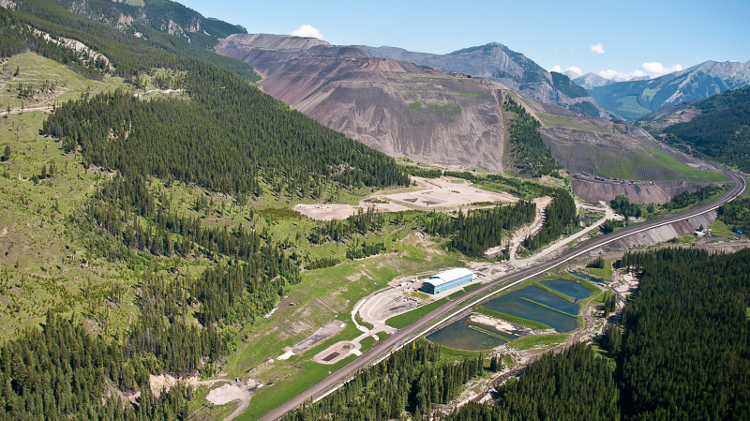A research project between Teck Resources and a University of British Columbia (UBC) professor trying to reduce selenium by using microbes in water treatment received a total of $400,000 in funding from the company and Genome BC, the non-profit announced on Tuesday.
Teck will work with Sue Baldwin, a professor in UBC’s chemical and biological engineering department, on the project, which will try to determine which microbes can make selenium treatment more efficient and the conditions that could help optimize them.
“Our goal with this work is to make bioreactors as efficient and effective as possible,” Baldwin said in a press release. “For example, we will look at nutrients that assist microbes in optimizing the removal of selenium from mine-affected waters.”
Selenium is a naturally-occurring metalloid found in soil, rocks, shales, coal and phosphate deposits, and in low concentrations it is a valuable nutrient for all animal life. But when it is released through mining it can impact aquatic health “in high quantities,” according to Genome BC.
The definition for toxic levels of selenium, including to humans, has been revised by scientists multiple times and continues to be modified. In British Columbia, the government has set the recommended level at two parts per billion, and in Canada the Canadian Council of Ministers of the Environment recommends one part per billion.
RELATED: Genome Canada gives $3.7 million to research project characterizing bacteria in mining wastewaters
“This research is part of a major R&D program that Teck has been undertaking to protect water quality in the Elk Valley watershed,” Marcia Smith, Teck’s senior vice-president of sustainability and external affairs, said in the same release.
Teck undertook a $600-million, five-year plan in 2013 to address a selenium problem at its five steelmaking coal operations in the Elk Valley that was affecting local aquatic life. It currently has a water treatment facility at its Line Creek operations and is building an additional two at Fording River and Elkview, scheduled to begin operating in 2019 and 2020 respectively. According to a summer 2017 update on the program, the company is also focusing on “improving mine designs to better control release of water quality constituents at [the] source” and piloting better methods of treating mine-affected water. The company is working on approximately 15 projects.



